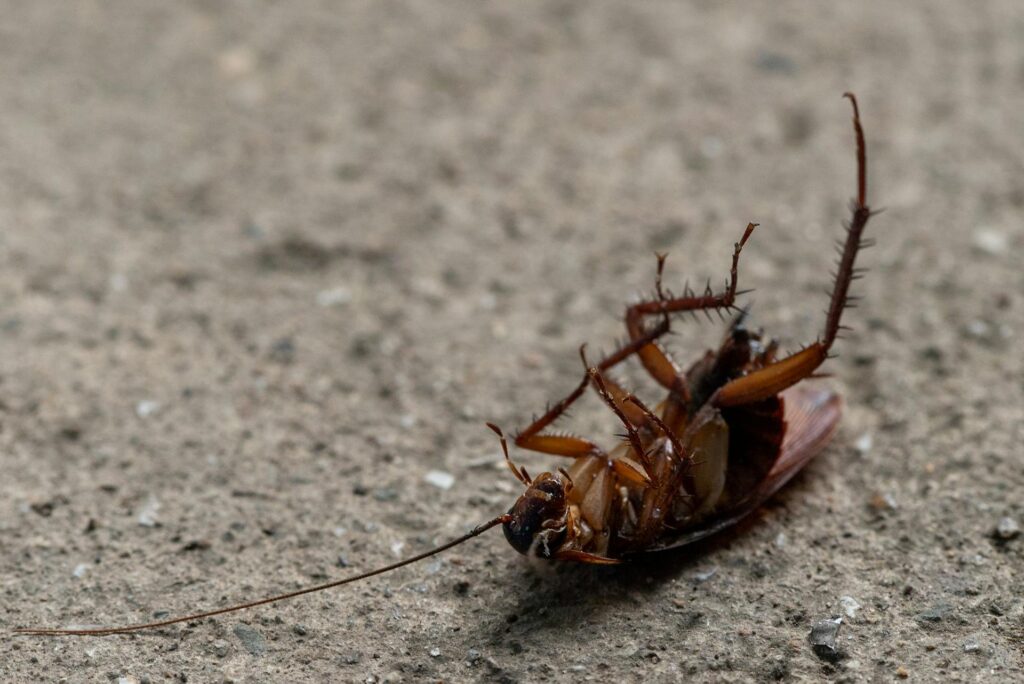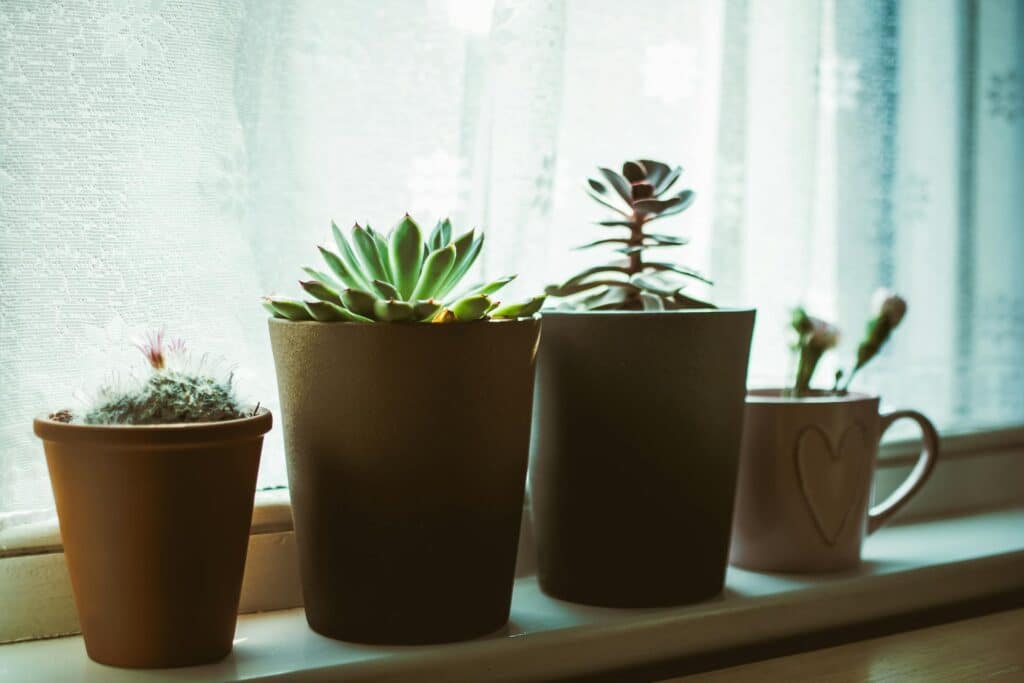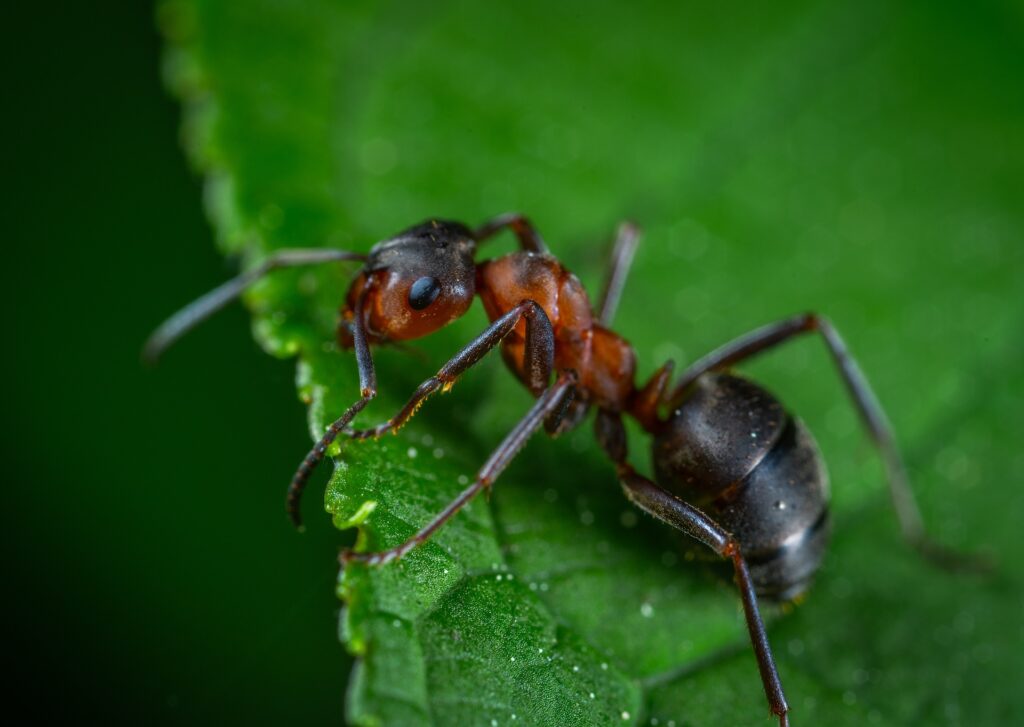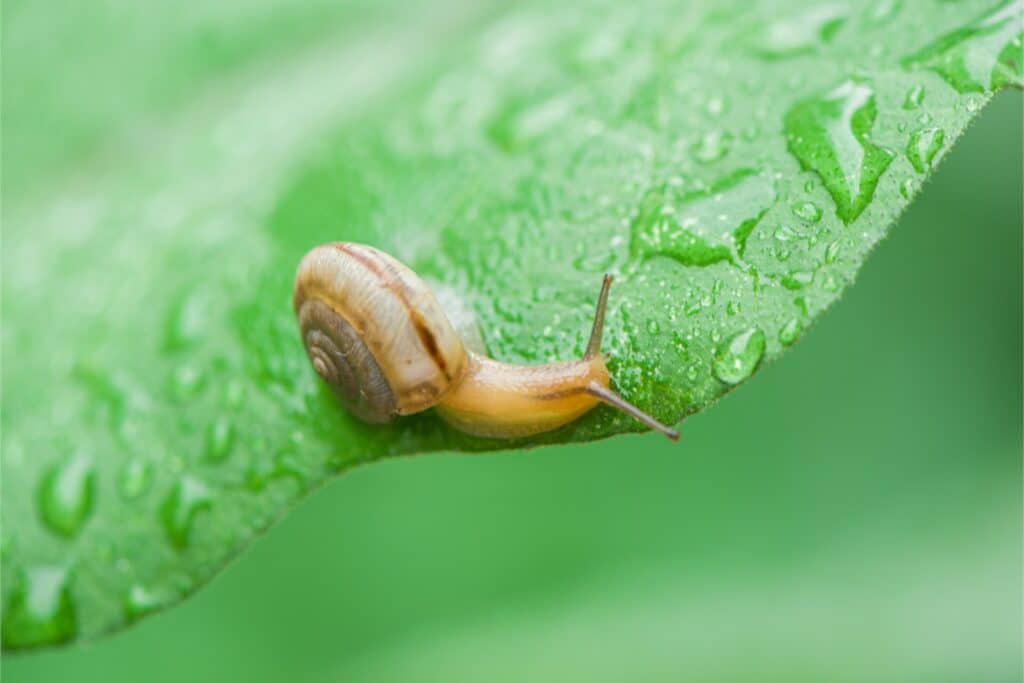Indian meal moths are among the most common pantry pests. Their presence can be a nuisance and a threat to your food supply. But what exactly do these pests eat, and how can you protect your pantry?
In this article, we’ll explore the diet of Indian meal moths, highlighting the common pantry items they infest and offer tips on preventing these pests from taking over your kitchen.
What’s the Diet of Indian Meal Moths?
Indian meal moths thrive on various dry food products, making them a significant threat to your pantry. Knowing what they prefer can help you identify and eliminate potential risks.
- Grains and cereals: Indian meal moths are particularly drawn to grains such as rice, oats, barley, and cornmeal. They can easily penetrate thin packaging, leading to contamination.
- Flours and baking mixes: Flour, cornmeal, and other baking mixes are prime targets. Moths often lay their eggs in these products, providing an ideal environment for larvae development.
- Dried fruits and nuts: These moths also feast on dried fruits like raisins, apricots, and prunes. Nuts are another favorite source of nourishment.
- Spices and herbs: Though less common, Indian meal moths can infest spices and herbs, especially when stored in open or poorly sealed containers.
- Pet food: Pet food, including birdseed, is another frequent target.
How Do Indian Meal Moths Infest Your Pantry?
These pests enter your home through contaminated food packages or by flying in through open doors and windows. Once inside, they seek out food sources and lay their eggs directly on or near them. The eggs hatch into larvae, which are responsible for the actual damage to your food. The larvae feed on the food, contaminating it with silk webbing and excrement and making it inedible.
How to Store Food to Prevent Infestations
Preventing Indian meal moth infestations starts with proper food storage. Here are some effective methods to protect your pantry:
- Use airtight containers: Store dry goods like grains, flour, and nuts in robust, airtight containers. This prevents moths from accessing the food and laying eggs.
- Inspect food packages: Always check food packaging before buying or bringing them home. Look for any signs of damage or small holes that might indicate contamination. Also, make sure you don’t purchase any expired food items.
- Clean your pantry regularly: Regularly clean your pantry, wiping down shelves and vacuuming corners. This removes any crumbs or food particles that might attract pests.
5 Tips for Identifying and Eliminating Infestations
Even with the best prevention methods, infestations can still occur. Notice the signs early and prevent widespread contamination.
- Look for webbing: Indian meal moth larvae produce silk webbing, which can be seen in the food or around packaging. If you spot webbing, discard the affected food immediately.
- Check for small moths: Adult moths are small and often seen fluttering around the kitchen or pantry. If you notice them, inspect your food supplies right away.
- Dispose of contaminated food: If you find infested food, dispose of it in a sealed bag outside your home to prevent the moths from spreading.
- Clean and vacuum thoroughly: After disposing of contaminated food, clean and vacuum your pantry to remove any remaining larvae or eggs.
- Consider professional help: If the infestation is severe, contact a pest control service. They can offer more tailored pest control solutions.
Secure Your Pantry Against Moths with Aptive
Dealing with Indian meal moths can be frustrating, but you don’t have to face it alone. Our expert team is here to help you protect your pantry and keep your home comfortable. Contact us today for personalized moth control solutions. Let us take care of the pests so you can enjoy your home without worries.








